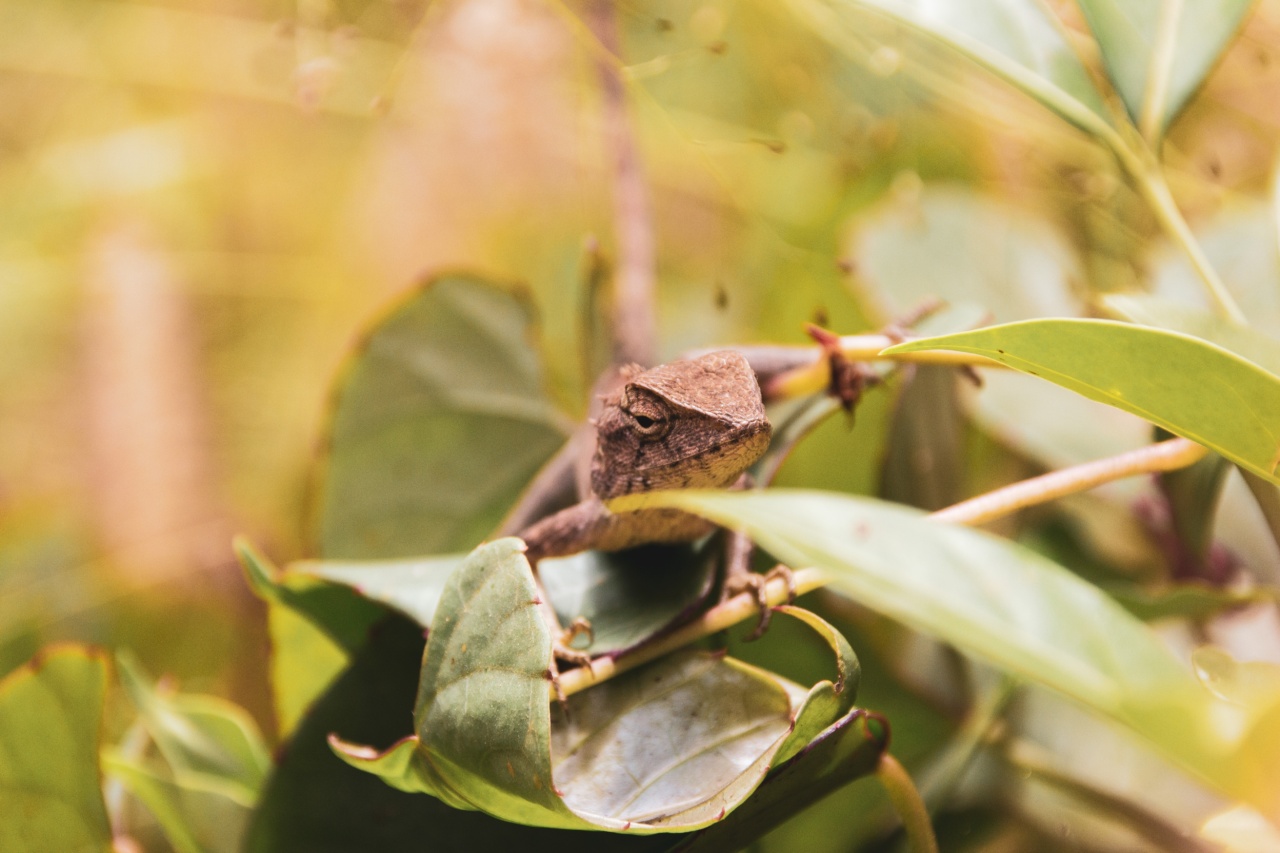There are approximately 6,000 species of lizards on the planet, and while they might not be as universally beloved as their cuddly mammalian counterparts, they are nevertheless fascinating creatures with some truly unique characteristics.
Samamides: A Hidden Gem of the Lizard World
The samamides, also known as spiny-tailed iguanas, are a group of lizards native to Central and South America. They are so named because of the distinctive spiny scales on the tail that distinguish them from other iguanas.
They are typically arboreal, living in trees and feeding on a variety of insects, fruits, and even small vertebrates. Some species, such as the black iguana (Ctenosaura similis), have become popular pets due to their striking appearance and relatively docile temperament.
Chameleons: Masters of Camouflage
Chameleons are perhaps the most famous of all lizards, with their distinctive ability to change color and blend into their surroundings. They are also remarkable for their long, sticky tongues that can shoot out and capture prey in an instant.
Chameleons are found in a wide variety of habitats, from rainforests to deserts, and there are around 200 species in total. The largest chameleon is the Parson’s chameleon (Calumma parsonii), which can grow up to two feet long!.
Geckos: Small but Mighty
Geckos are another diverse group of lizards, with more than 1,500 species worldwide. They are known for their distinctive toes, which are covered in tiny hairs that allow them to grip surfaces and climb walls and ceilings with incredible agility.
Some species, such as the leopard gecko (Eublepharis macularius), have become popular pets due to their relatively low maintenance requirements and interesting behaviors. Many geckos are also endowed with remarkable vocal abilities, using chirps and clicks to communicate with each other and establish territory.
Skinks: The Lizards of the Americas
Skinks are a large family of lizards found all over the world, but particularly in the Americas. They are typically small, with smooth, shiny scales and relatively short legs.
Many skinks are adapted to specific types of habitat, such as deserts or forests, and display a range of different behaviors and adaptations. For example, the blue-tongued skink (Tiliqua scincoides) has an incredibly tough hide and a distinctive blue tongue that serves as a warning to would-be predators.
Lacertids: The True Lizards
Lacertids are a family of lizards found primarily in Europe, Africa, and Asia. They are sometimes called “true lizards” because they are the closest living relatives of the ancestral lizards that first evolved over 200 million years ago.
Lacertids are generally small to medium-sized and display a wide range of colors and patterns. They are also known for their remarkable agility and speed, able to dart and dash through vegetation with incredible precision and speed.
Agamids: The Dragons of the Lizard World
Agamids, also called dragon lizards, are a diverse group of lizards found primarily in Australia and Asia. They are known for their distinctive crests and pouches, which are used for display and communication purposes.
Some species, such as the bearded dragon (Pogona vitticeps), have become popular pets due to their friendly demeanor and relative ease of care. Others, such as the water dragon (Physignathus cocincinus), are prized for their colorful scales and unique adaptations to aquatic environments.
Gekkonids: The Tiny Titans
Gekkonids are a family of lizards found all over the world, but particularly in tropical regions. They are characterized by their relatively small size and distinctive toe pads that allow them to climb vertical surfaces with ease.
Some species, such as the Tokay gecko (Gekko gecko), are known for their loud, distinctive calls that can be heard for miles around. Gekkonids are important predators in many ecosystems, feeding on a wide variety of insects and other small animals.
Iguanids: The New World Lizards
Iguanids are a family of lizards found primarily in the Americas, from southern Canada to southern South America. They are known for their distinctive crests and dewlaps, which are used for communication purposes.
Some species, such as the blue iguana (Cyclura lewisi), are critically endangered due to habitat loss and poaching for the exotic pet trade. Others, such as the anole (Anolis spp.), have become popular as household pets due to their interesting behaviors and relatively docile temperament.
Conclusion: A Diverse and Fascinating Group of Animals
Lizards may not receive the same level of adoration as their mammalian and avian counterparts, but they are nevertheless a diverse and fascinating group of animals with a range of interesting adaptations and behaviors.
From the ability to change color to the agility to climb walls and ceilings, lizards are a reminder of the incredible diversity and adaptability of life on our planet.






























